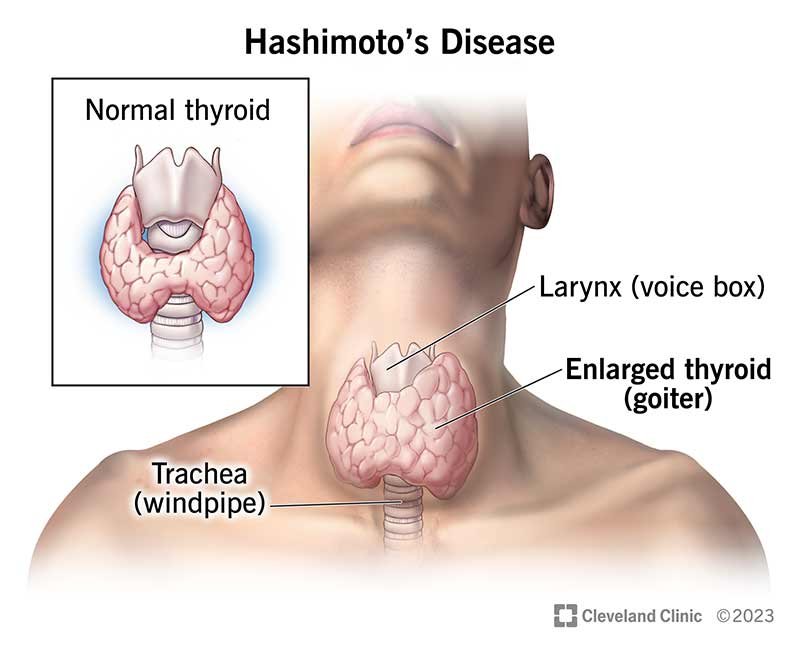Facial trauma, or injury to the face, is a common yet serious medical issue that can range from minor cuts and bruises to severe fractures and disfigurement. The face, with its delicate bone structure, vital sensory organs, and expressive skin, is particularly vulnerable to injury. Understanding the causes of facial trauma is crucial, not only for prevention but also for effective treatment and recovery. In this blog post, we will explore the most common causes of facial injuries and how they can be prevented.
1. Accidents and Falls
One of the leading causes of facial injuries is accidents, especially falls. Whether at home, at work, or outdoors, people of all ages can experience falls that result in trauma to the face. For children, falls while playing, riding bikes, or during sports activities are frequent causes of facial injury. Older adults, particularly those with balance issues or osteoporosis, are also at a higher risk of falling, which can lead to fractures in the face, including the nose, jaw, and eye sockets.
Preventing falls involves taking precautions such as securing loose rugs, using handrails, and installing grab bars in bathrooms. In sports and recreational activities, helmets and protective gear can go a long way in reducing the risk of facial trauma.
2. Sports Injuries
Contact sports like football, soccer, basketball, and hockey are notorious for causing facial trauma. Collisions, falls, and even flying objects, such as balls or pucks, can lead to serious facial injuries. A common example is the broken nose, which is often seen in sports that involve high-impact or high-speed movements.
Wearing the right protective equipment, such as face shields, helmets, mouthguards, and padding, is essential to reduce the risk of facial trauma in these activities. Training on proper techniques and ensuring that safety protocols are followed can also help prevent these injuries.
3. Motor Vehicle Accidents
Car accidents, motorcycle crashes, and even pedestrian incidents are major contributors to facial trauma. The impact from a collision, airbags, shattered glass, and the force of hitting the dashboard or steering wheel can cause significant injuries to the face, ranging from broken bones to deep lacerations.
While some accidents are unavoidable, wearing seatbelts, using airbags, and ensuring that your vehicle is well-maintained can significantly reduce the severity of facial injuries. For motorcyclists, wearing full-face helmets can be life-saving in the event of a crash.
4. Physical Assaults and Violence
Unfortunately, physical assault is another common cause of facial injury. Fights, domestic violence, or other forms of physical altercations often result in injuries to the face. Punches to the face can break bones, cause bruising, or even lead to more serious damage to the eyes or jaw. Victims of assault may also experience psychological trauma as a result of facial disfigurement.
While this type of trauma is harder to predict and prevent, self-defense training, conflict resolution strategies, and seeking help from authorities or support organizations can reduce the risk of violence. Protective measures, such as carrying pepper spray or other self-defense tools, may offer peace of mind.
5. Workplace Injuries
Certain occupations carry a higher risk of facial injury, especially those that involve physical labor, machinery, or exposure to hazardous materials. Construction workers, factory workers, and anyone who handles power tools or heavy equipment can be at risk for facial trauma if proper safety measures are not followed.
Employers and employees must prioritize safety by wearing the appropriate personal protective equipment (PPE), such as safety glasses, face shields, and helmets. Regular safety training, hazard assessments, and ensuring that equipment is in good working condition can help prevent facial injuries on the job.
6. Animal Bites or Attacks
Injuries caused by animals particularly bites from dogs, cats, or wild animals, are another leading cause of facial trauma. These injuries can be severe, as animals have sharp teeth that can easily tear through the skin and underlying tissues. Animal attacks often leave victims with deep wounds, potential infections, and, in some cases, long-term scarring or disfigurement.
To reduce the risk of animal-related injuries, it’s essential to exercise caution around unfamiliar or aggressive animals. Pet owners should ensure their animals are properly trained, and people should always avoid provoking animals or approaching them without caution.
7. Burns and Chemical Exposures
Burns, whether caused by heat, electricity, chemicals, or radiation, can lead to significant facial trauma. A hot beverage, open flames, or accidents involving chemicals can cause severe burns to the skin and underlying tissues. Even exposure to certain industrial chemicals or harsh cleaners can result in painful injuries and lasting scars.
To prevent burns, individuals should avoid hot surfaces and exercise caution around chemicals. In workplaces that involve hazardous materials, appropriate safety gear, such as goggles, face masks, and flame-resistant clothing, is essential to prevent injury.
8. Sports-Related Impact Injuries
In addition to direct contact sports, non-contact sports can also lead to facial trauma, particularly when a player is struck by equipment or objects. For example, tennis balls, golf balls, or even baseballs can cause severe eye injuries, broken noses, and cuts.
Wearing eye protection, such as goggles or a helmet with a face guard, is important in sports where objects may fly toward the face at high speeds. Additionally, ensuring that players follow proper form and techniques can minimize the risk of injury during play.
In Conclusion
Facial trauma can result from a variety of causes, but with the proper precautions and protective measures, many of these injuries can be prevented or minimized. Whether it’s wearing protective gear during sports, ensuring home safety to prevent falls, or using the right safety equipment at work, reducing the risk of facial injuries begins with being informed and prepared.
By taking proactive steps to protect the face, we can lessen the severity of these injuries and promote better health and safety. If you experience facial trauma, consulting with an experienced oral surgeon in Salt Lake City can help ensure proper treatment and recovery.






